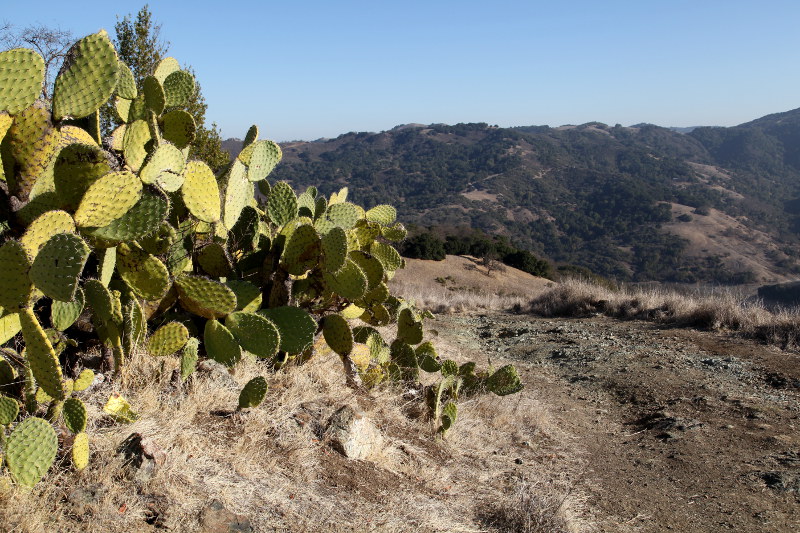The drive to the Almaden Quicksilver Park is breathtaking… but nothing compared to a hike through the park. I “walked” into the park thinking this would be a quick afternoon jaunt before moving onto another activity. Instead, my “walk” morphed into a 10-mile variable level hike that I was completely unprepared for. I really should research and plan journeys better.
Regardless, the hike is worth it. I rarely saw people on my sojourn and discovered a plethora of interesting “lost things,” buildings, and history.
The word Almadén means mine in Arabic; and, the New Almaden Mines in California are named after the town of Almadén in Spain, where cinnabar has long been mined for the rest of the world. The Old Spanish Almadén Mine has been in continuous operation since 400BC.
Cinnabar is the ore found in New Almaden and was historically used by Indigenous Americans in art and ceremony. From cinnabar, “quicksilver” (liquid mercury) is extracted by heating the crushed ore in a rotary furnace (images #13-19 in the gallery) and collecting evaporated mercury in a condensing column. The resulting quicksilver can then be used to help extract gold from rock. This byproduct initially played a role in the California Gold Rush; however, in 1847 a different extraction process called gold cyanidation was discovered and became more widely used.
The New Almaden Mines were in operation from 1845 to 1976 and the environment is so saturated with mercury that signs around the park discourage drinking water, eating fish, and vegetation.
The following posts are all related to the Almaden Quicksilver Park. There were too many photos and too much information to put into one post.
